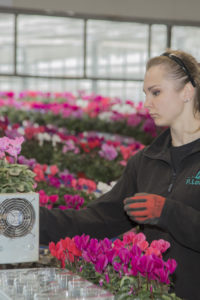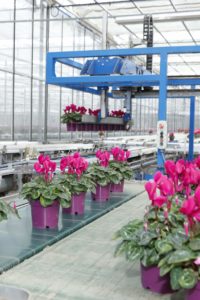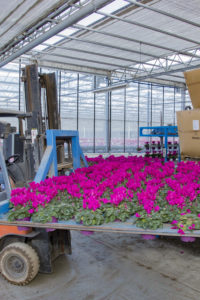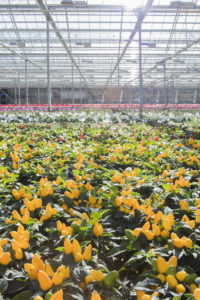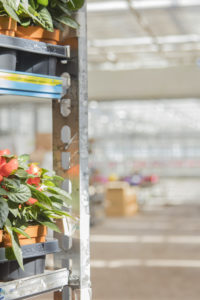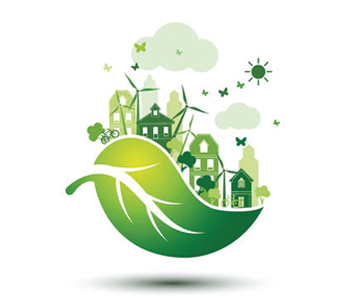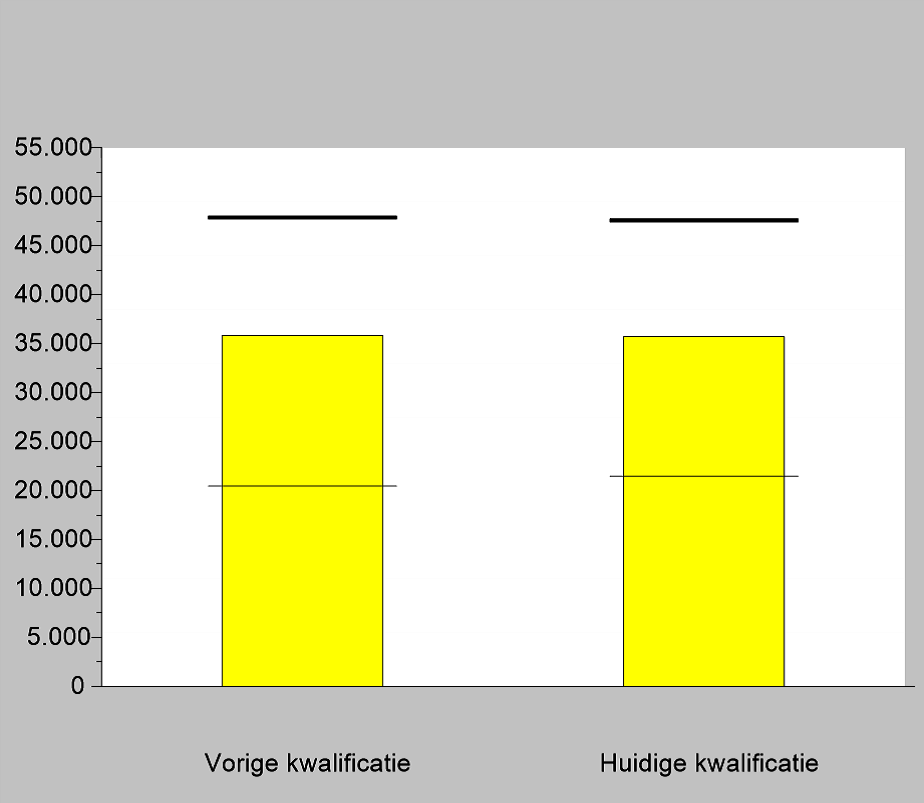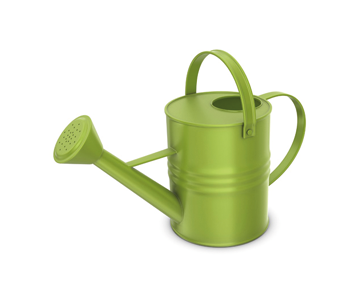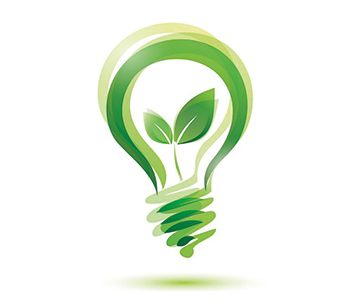Ressources en eau
Deux sources d’eau sont utilisées:
1. L’eau de pluie qui est recueillie à travers la vitre des serres. Cette eau est stockée dans un silo à eau. En cas de pluie extrême, cela aide les offices des eaux car elle ne finit pas dans le fossé.
2 L’eau des fossés. Comme l’eau doit être aussi propre que possible, cette eau est d’abord filtrée avant d’être donnée aux plantes.
Les sols de culture en béton sont raccordés à un système fermé, ce qui permet la recirculation de l’eau et de l’engrais. Un système de flux et reflux relié à un système fermé est utilisé. Ici, 100% de l’eau de coulée est recirculée. De cette façon, il n’ y a pas de lixiviation dans le sol. La durée pendant laquelle l’eau reste sur le sol dans le système de flux et reflux est réglée de manière optimale en fonction des besoins (selon les saisons), de la plante et de la taille du pot.
La consommation d’eau de Adrichem Potplanten n’a pas d’influence sur l’approvisionnement en eau potable de la région.
Chaleur
La coopérative de chaleur Polanen a été créée en 2018. Adrichem Potplanten est membre de cette coopérative afin de promouvoir la culture sans gaz. Dans les années à venir, un réseau de chaleur sera installé et Adrichem Potplanten l’utilisera également.
Conservation de la nature
Afin de préserver la nature, l’herbe et les mauvaises herbes sont coupées le long des côtés du fossé et aspergées avec des produits non nocifs. Lorsqu’on coupe les bords des fossés, les sites de reproduction d’oiseaux sont épargnés. De plus, aucune substance non naturelle ou nocive n’est rejetée dans les fossés.
Les déchets tels que le plastique et le papier sont collectés séparément au sein de l’entreprise et éliminés le plus rapidement possible. En brev, tout est gardé aussi naturel que possible. Tout cela pour ne pas ennuyer la nature.
Diversité biologique
Une bonne climatisation est utilisée pour essayer de contrôler les parasites dans la pépinière. Si des maladies et/ou des parasites sont détectés, des produits de lutte biologique (ennemis naturels) sont immédiatement appliqués. De cette façon, l’utilisation des produits phytopharmaceutiques peut être réduite au minimum. Pour la culture du Capsicum, aucun produit phytosanitaire n’est plus utilisé.
De plus, on travaille proprement avec des matières premières saines.
Adrichem Potplanten est en possession des certificats les plus importants accordés par l’organisation internationale de certification MPS, qui démontre que les produits ont été cultivés de manière responsable et dans le respect des personnes et de l’environnement.
Adrichem Potplanten est en possession des certificats MPS-A, MPS-GAP et MPS SQ.
– MPS-A indique dans quelle mesure les activités de l’entreprise sont durables.
– MPS-GAP pour les entreprises qui approvisionnent les détaillants et qui concerne la traçabilité, l’environnement, la sécurité et l’hygiène. MPS-GAP est l’étape suivante au-delà du MPS-A sur la voie de la durabilité.
– MPS SQ se rapporte aux aspects sociaux des opérations d’affaires.



